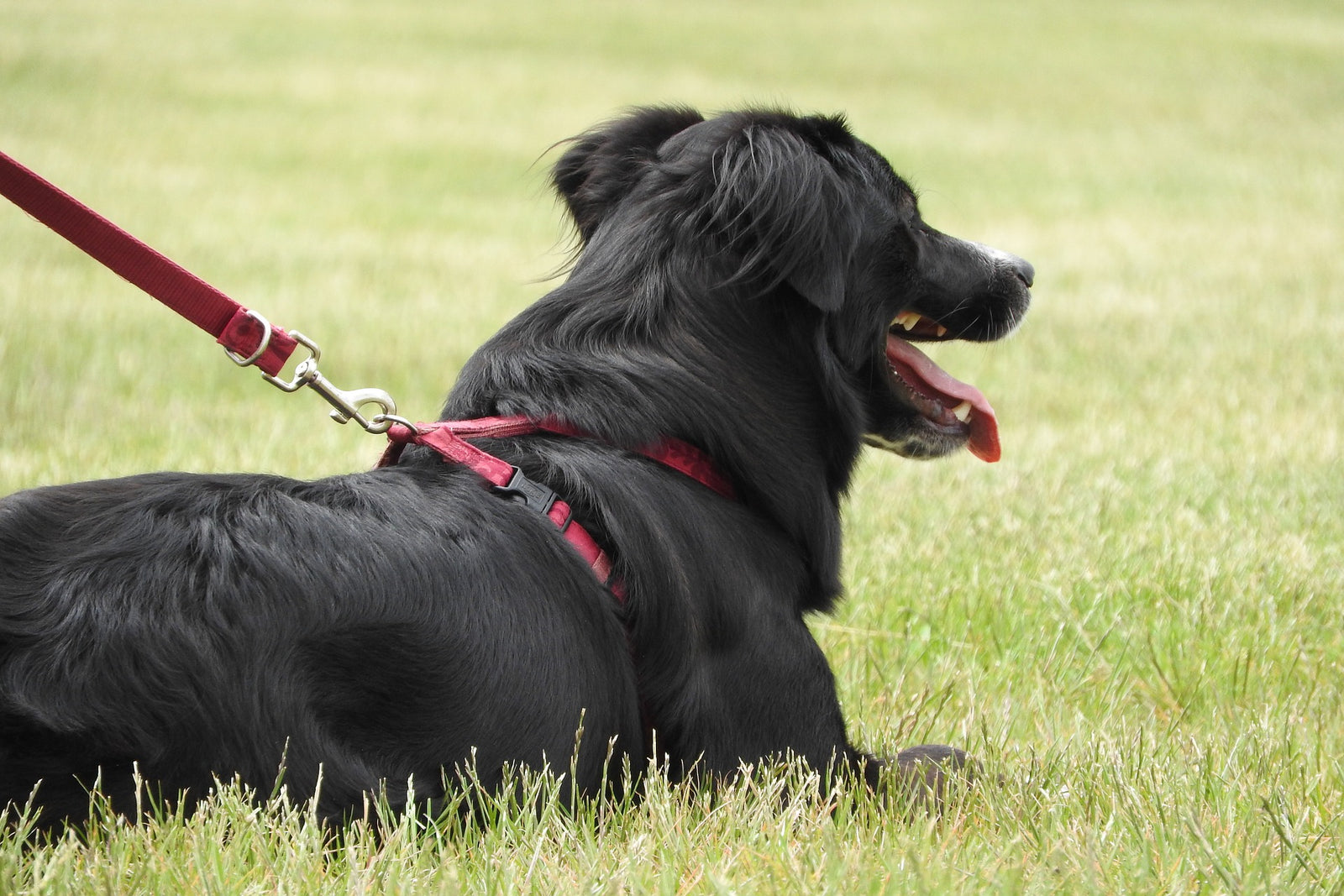Your Cart is Empty
- NEW IN!
- Dogs
- Small Animals
- Home & Garden
- Outlet Store
A question we often get asked is whether a harness will stop a dog from pulling, and the answer we are most comfortable giving is that it can't.... but it can help reduce or improve it.
Dogs pull on lead for a variety of reasons including excitement or even nervousness, and for some dogs the sensation of wearing a harness in itself can be enough to help calm them. This lower state of arousal results in less pulling but this is dependent on each individual dog and their own personality along with the reason for their pulling behaviour rather than the harness itself.
Other dogs need a little extra help and for those dogs we suggest trying a harness which has a front and back lead attachment point in combination with a double ended lead, this can be significantly beneficial at reducing the strain and giving control while safely distributing the load.
This blog post is specifically discussing the Ruffwear Front Range Harness which features two lead attachment points, one on the back and one on the chest, however some of the content may also relate to other harnesses.
When a harness features a lead attachment point on the back of the harness and front chest panel it gives the advantage of being able to use a double ended dog lead which can help your dog to learn to 'walk in balance' naturally reducing the amount of pulling whilst also providing you with more control.
This can be slightly tricky to explain, it's a bit more of a visual thing so at this point we recommend watching a video of us walking our own dog Kizzie with her Front Range Harness and a separate double ended lead. It's not an instructional dog training video but helps to guide you in understanding how they work.
It can take a little while to get used to using a double ended lead but we have used one with our dogs Albie and Kizzie for years and it became like second nature within weeks, if not days.
Popular with modern dog trainers across the UK a Double Ended Dog Lead is a fantastic training tool at teaching a dog to walk in balance without pulling and is a very adaptable dog lead for use in a variety of situations.
Read more about them in our blog written by dog trainer Angela Doyle from Polite Paws here.
As dog owners ourselves we prefer to use a double ended lead with a harness that has two clear lead attachment points. While they can be used with almost any harness we found it can become fiddly weaving the lead through the harness webbing to convert the use and so we prefer to attach to two connection points.
You can see our review of using the front and back clipping Ruffwear Front Range Harness here.
Ruffwear Front Range Harness - We recommend the Ruffwear Front Range Harness with it's two lead attachment points, one on the back and one on the chest - buy it here.
Double Ended Dog Leads - For dogs who pull or for anyone who is interested in trying a new technique of walk you can find all our double ended dog leads here.
Ruffwear Front Range Lead - Single Clip - If your dog doesn't pull there is a matching Front Range Lead with a single clip - buy it here.
Some dogs do respond to wearing a harness in a positive way and require no additional help however it is your dog's own personality and nature which creates this outcome not the necessarily the harness itself. Other dogs need a little more time and gentle help to learn to walk nicely with you.
For dogs who need extra help we suggest finding a good force-free dog trainer who can fully assess your dog to understand the cause of their pulling eg excitement, nervousness etc
You can also watch this longer video which explains some of the methodology behind the idea of walking your dog in balance (skip the first 30/40 seconds, it isn't relevant)
A good harness like the Ruffwear Front Range Harness can go a long way to reducning pulling, keeping your dog safe and making your walks more enjoyable and used in combination with a double ended lead provides an opportunity to try something that might be new to you.
Using some of the methods described above you may find that by trying a new style of walking that your dog learns to walk without pulling (as much, if at all). If it has no change on their behaviour you will at least hopefully find that the double connection point gives you as the handler a feeling of having more control with more to hold onto should you need it (and we know from experience with our own dog Albie that sometimes you need to be able to hold on!).
We can't guarantee that any harness or lead combination will stop your dog pulling, it can help but for some dogs there may be a need to introduce a training plan in combination with a dog trainer.
Further reading;
Why does my dog keep pulling me? (Victoria Stilwell) read here.
Finding a good qualified dog trainer, read here.
